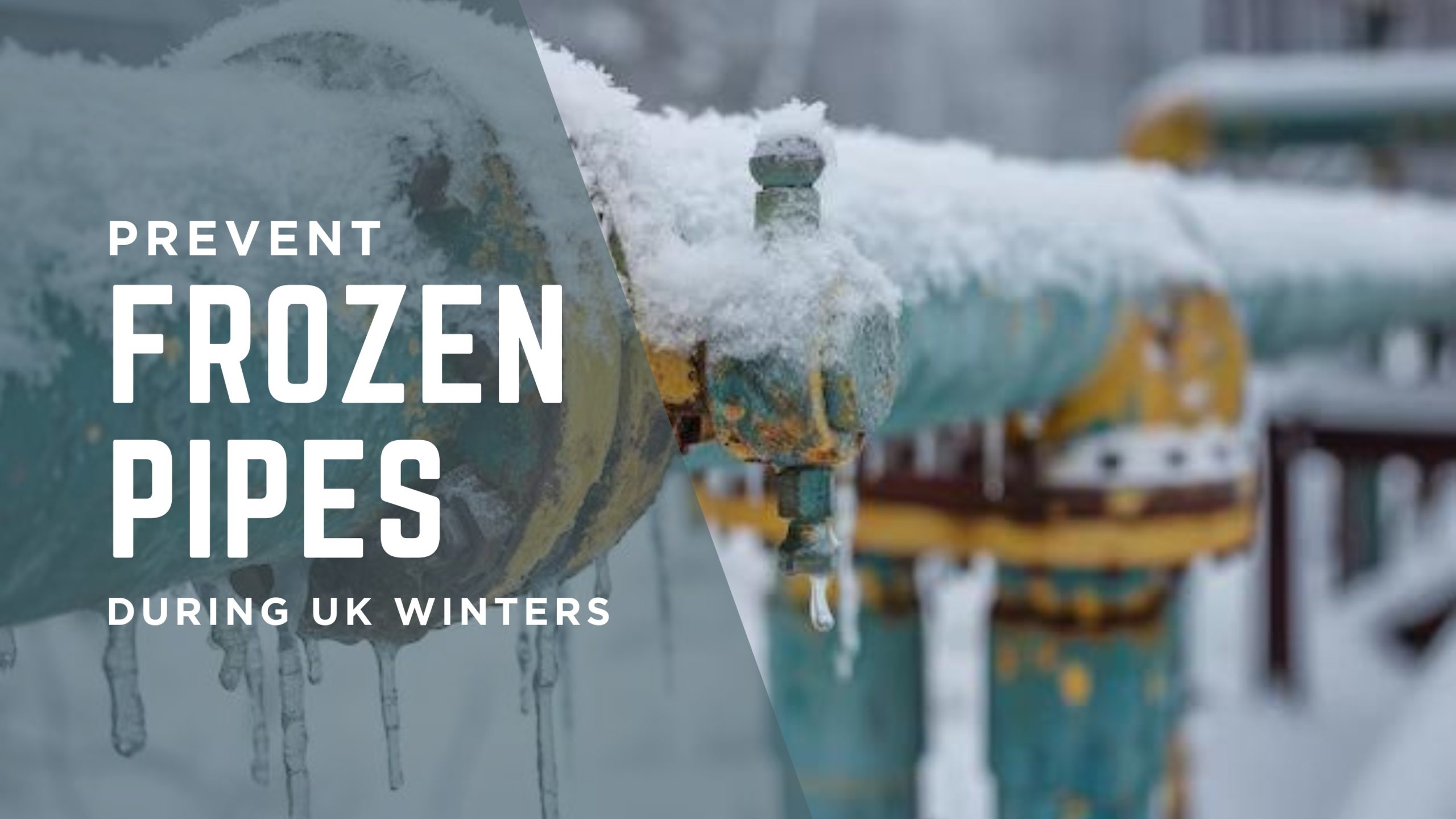Winter in the UK can be harsh, especially for your home’s plumbing system. Frozen pipes are not just inconvenient—they can cause serious damage, including bursts, leaks, and costly repairs. As a trusted UK building and plumbing service provider, RDFinishersNW shares expert tips to help you protect your pipes and your home during the cold months.
Why Do Pipes Freeze?
Pipes freeze when the temperature drops below 0°C. Water expands as it freezes, which can put pressure on the pipe walls, often causing cracks or bursts. Pipes in unheated areas, such as lofts, basements, garages, or exterior walls, are particularly vulnerable.
Common Causes of Frozen Pipes:
- Poor insulation around pipes
- Gaps or cracks in walls allowing cold air in
- Pipes located near external walls
- Extended periods of very low temperatures
Preventative Measures for Frozen Pipes
Preventing frozen pipes is much easier than repairing them. Here’s a comprehensive guide to winter-proofing your plumbing:
1. Insulate Vulnerable Pipes
Using foam tubing or pipe insulation sleeves is an effective way to keep pipes warm. Focus on pipes in:
- Lofts
- Basements
- Garages
- Under sinks near external walls
Tip: Even a few meters of insulation can significantly reduce the risk of freezing.
2. Seal Gaps and Cracks
Cold air can sneak in through gaps in walls, floors, and around windows. Sealing these gaps prevents drafts from reaching your pipes.
- Use caulk or foam sealant around walls and pipe entries
- Check loft hatches and basement doors for gaps
3. Keep a Drip Going
Running a small stream of water through taps during extremely cold nights keeps water moving and reduces the chance of freezing.
- Prioritize taps connected to vulnerable pipes
- Especially useful for overnight protection
4. Maintain Consistent Heating
Keeping your home temperature steady, even if you’re away, prevents pipes from cooling too much.
- Set the thermostat to at least 12–15°C in unoccupied rooms
- Avoid turning off central heating completely
5. Protect External Pipes
External taps, hoses, and exposed pipework are highly susceptible to freezing.
- Fit insulation covers or pipe jackets
- Disconnect garden hoses
- Consider frost-proof taps if frequent freezes occur
6. Use Smart Technology
Modern solutions include smart thermostats and leak detection devices that can alert you to pipe issues before damage occurs.
- Smart sensors can detect temperature drops
- Early warnings can save thousands in repair costs
Emergency Measures if Pipes Free
Even with prevention, some pipes may still freeze. Here’s what to do:
- Do not use open flames to thaw pipes—it’s extremely dangerous.
- Use a hairdryer or heat gun on low settings to warm frozen pipes gradually.
- Turn on the tap so that water can flow as the ice melts.
- If the pipe is cracked or leaking, call a professional plumber immediately.
Conclusion:
Preventing frozen pipes during UK winters is all about preparation. Insulation, consistent heating, and smart monitoring can save you from costly repairs and plumbing disasters. At RDFinishersNW, we combine expertise, experience, and trustworthiness to ensure your home stays safe and comfortable all winter long.
FAQs
How cold does it need to be for pipes to freeze in the UK?
Pipes can freeze at temperatures around 0°C, but uninsulated pipes or those in unheated areas may freeze even if the indoor temperature is slightly higher.
Can I use salt to prevent frozen pipes?
Salt is effective for melting ice outdoors, but it’s not recommended inside your plumbing system. Stick to insulation and heat methods.
What should I do if a pipe bursts due to freezing?
Turn off the main water supply immediately and call a professional plumber to assess and repair the damage.
Are copper or plastic pipes more prone to freezing?
Both can freeze, but copper pipes are more likely to burst if frozen due to rigidity. Plastic pipes are slightly more flexible and resistant to cracking.
Can I leave my heating off when away on holiday in winter?
It’s risky. Keep your heating on a low setting (12–15°C) to prevent pipes in unheated rooms from freezing.
How long does it take for pipes to thaw naturally?
It depends on the pipe’s location and insulation. Pipes in direct sunlight may thaw in a few hours, while insulated pipes in shaded areas may take longer.

